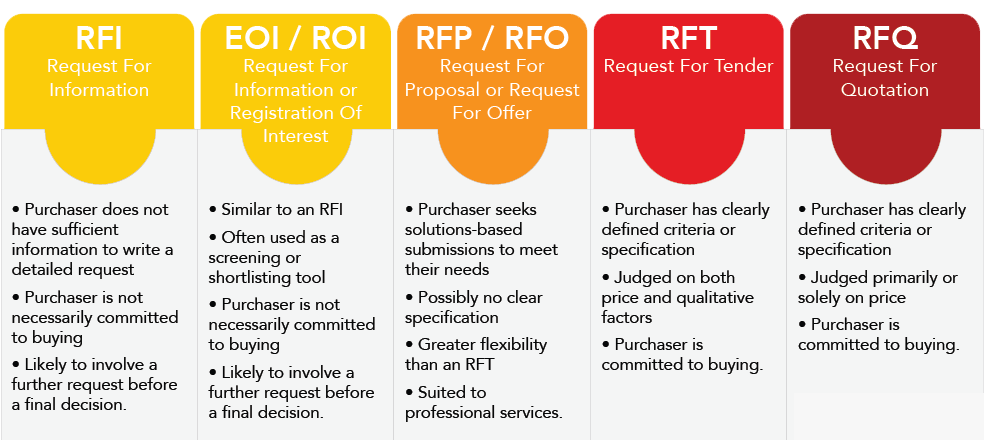How to write a Request for Proposal (RFP) with free template
April 10, 2024 | Workforce Management

By Tom Murphy, General Manager Product and Operations (Associate Director and Executive)
Undertaking a Request for Proposal (RFP) process can help organisations make important strategic decisions. As many organisations prepare their strategy for next financial year, one crucial consideration to include is whether any changes to IT infrastructure are necessary and need to be included in the budget, for example rostering software.
The industry has been on a journey to update IT for several years and the reason for change could be driven by external factors such as cybersecurity, regulatory updates, or an increasingly competitive market. Equally, internal factors such as planned organisational growth or deprecated systems could be the catalyst.
For aged care organisations especially, with several legislative changes currently moving forward that affect workforce planning and reporting – including meeting minimum staff time obligations – this is the time to review whether current rostering software is supporting their businesses now and into the future.
There are many ways to select the best fit platform for your organisation. Perhaps a colleague has previous experience with a particular vendor and reading online reviews might give you some ideas.
Another option is to undertake a needs analysis and requirements gathering of the business function or unit and go out to tender.
To make this easier for you, we’ve put together a guide to the tender process, including what to consider before you start as well as the pros and cons of undertaking a formal process like this. Also, to give you a head start, you can download our free Request for Proposal (RFP) template for selecting the best rostering solution. This includes key features to look out for when choosing a new rostering platform and can be easily tailored to fit your requirements.
What does it mean to go out to tender?
Before we delve into what it means to “go out to tender”, lets first ask why you might invest the time and commitment in the first place? What are the advantages and disadvantages?
A competitive tender is a procurement process that provides an objective way for an organisation to examine the available options so they can select the best supplier for their needs. Probably the most value is not from the standardised competitive response to the requirements, it’s that the process encourages a company to conduct analysis of their business need or gaps to better define the specifications or requirements that will address them.
Advantages
- A decision about whether to proceed with a tender process may be dictated by organisational policy. This is especially relevant for government organisations but may also be required for procurement of services over a certain budget or affect a particular part of the business.
- It creates a fairer, more comparable, and less subjective evaluation phase. All vendors are responding to the same requirements and widening the number of submissions can encourage competitive pricing amongst bidders. Though, the best price may not always result in the best solution!
- Potential to discover new vendors. It can (and should) be an opportunity to explore other options and understand what’s possible. If a business is looking for alternative solutions to a problem or aren’t aware of the latest in software innovation, a solution-based tender process (RFI, EOI or RFP) may yield responses that drive even better return on investment. *
*This can soon become a disadvantage if a business is too prescriptive with a requirement and will depend on how they approach the tender (read about the differences between RFI, EOI, RFP, RFT and RFQ below).
Disadvantages
- Finding a balance between documenting everything and how quickly you go to market will require compromise. Too little time and you’ll miss crucial business needs, too much time and the business needs may change. As a result, requirements documents can fall short on detail.
- It’s resource intensive. It’s a full-time job and requires commitment from all levels of the business. And, for organisations looking to move quickly, particularly if external changes are imminent, a tender process can be rigid and slow.
- Requirements documents can lack flexibility by being too prescriptive. Often, as stakeholders contribute and define requirements, businesses can inadvertently frame a solution as a requirement.
For example, an identified challenge in a rostering process might be “Significant time required to contact staff to fill a shift”. A solution disguised as a requirement might read, “Solution should include SMS functionality to fill shifts”. Whereas a less prescriptive requirement might read “Solution should include ability to easily contact staff to fill shifts”.
There’s a lot to consider but once you’ve decided to proceed, where do you start and what options do you have in how you approach this?
Firstly, an organisation will undertake a review of an identified business need which will form the basis of compiling the scope and requirements. Managed as a project, early-stage planning will set business objectives, draft a budget, and seek approval to proceed. Key stakeholders will need to be consulted during this phase to help the project team understand their needs as well as challenges they face and where they see opportunity to improve.
With requirements in mind, the organisation will next consider how to involve prospective bidders. They might decide to open the tender, whereby the bid is made publicly available for any anyone to submit a response. Alternatively, this can be restricted and only invited suppliers are able to respond.
Finally, before approaching the market, there are some acronyms to get familiar with. The image below summarises the common types of tender approaches and the way you manage the tendering process will depend on what you want to gain from the exercise. We discussed earlier the merits of being less prescriptive with requirements, the closer you move to the right-hand side of the image, the more defined and less flexible your process will be.

Image credit: https://medium.com/@arindey/are-you-confused-with-the-terms-rfi-rfq-rft-and-rfp-478a43f721d2
What could you do instead?
Ultimately, choosing the best approach for your organisation will depend on the business goals, the level of commitment and whether the timing is right. If you’re feeling like going to tender would be a non-productive use of time and resources, there is an alternative.
We’ve put together a free requirements document to get you started. However, if choosing to not go to tender is the best decision, don’t underestimate the value a software vendor could provide as a strategic business partner. A vendor with deep subject matter expertise and industry knowledge, like Mirus, should guide you through legislative and regulatory requirements, industry best practice and cutting-edge technology. Equipped with this information, strategic planning will help your organisation better understand and define your challenges and how software can solve them.


